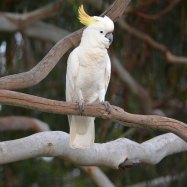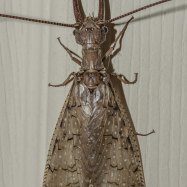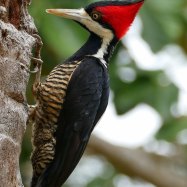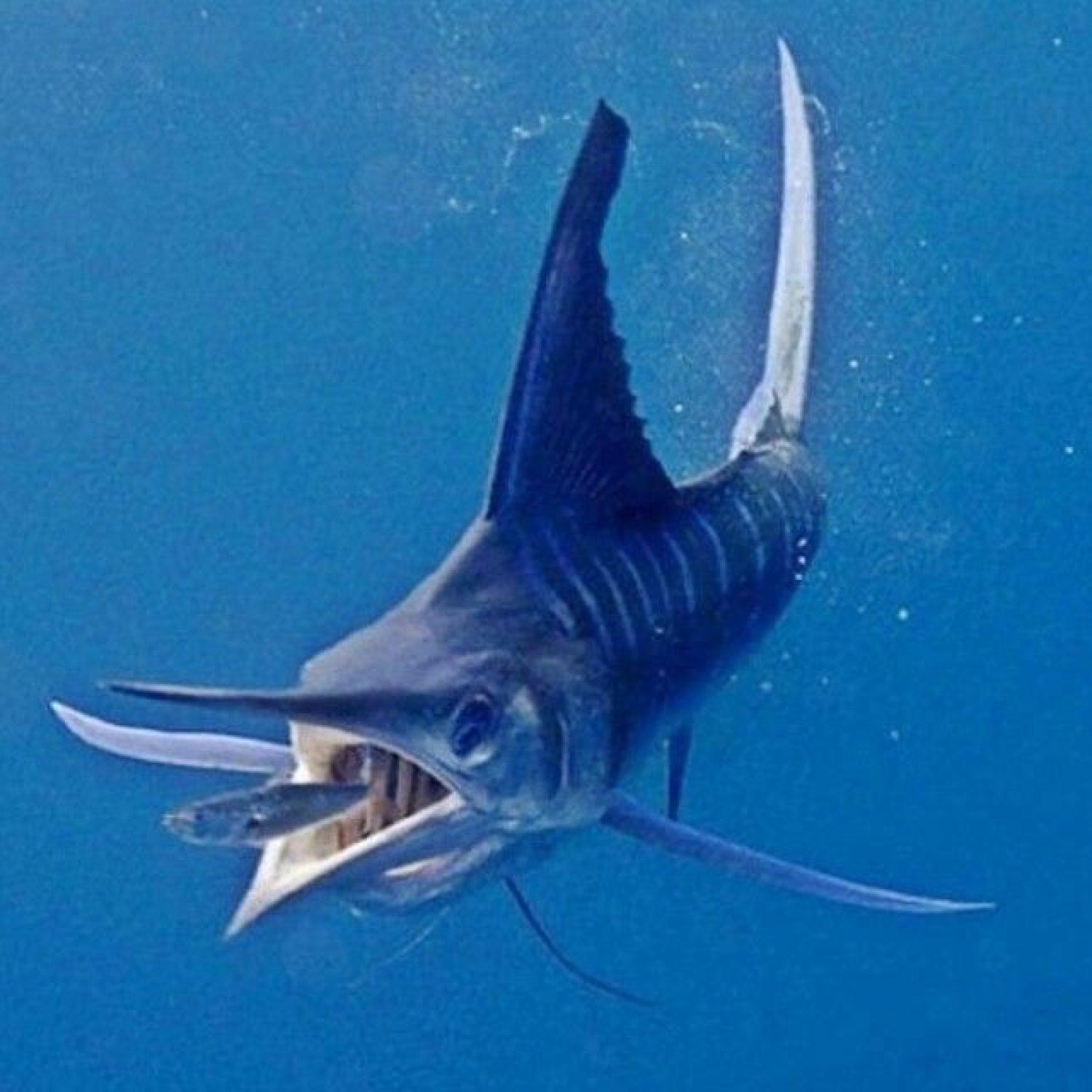
White Marlin
Up to 3 meters
The White Marlin, found in coastal areas of the Atlantic Ocean, is a magnificent ocean predator. Its streamlined and elongated body can reach up to 3 meters in length. Belonging to the Istiophoridae family, this powerful fish is highly sought after by sport fishermen. Its impressive size and agile swimming abilities make it a challenging catch. Protecting this marvelous creature is vital for the health of our oceans. #WhiteMarlin #AtlanticOcean #Istiophoridae #OceanPredator
Animal Details Summary:
Common Name: White Marlin
Kingdom: Animalia
Habitat: Oceanic waters
The Fascinating World of the White Marlin
The ocean never ceases to amaze us with its vastness and the wealth of life it holds. From the tiniest plankton to the majestic whales, the ocean is home to a diverse array of creatures. And among them is the White Marlin, a highly sought-after trophy fish that inhabits the Atlantic Ocean.Also known by its scientific name Kajikia albidus, the White Marlin is a species of billfish found in the coastal areas of the Atlantic Ocean White Marlin. With its striking appearance and impressive size, it is no wonder that this fish has captured the fascination of fishermen and marine enthusiasts alike.
But what sets the White Marlin apart from other species of fish? Let's dive deeper into the characteristics and behavior of this magnificent creature and discover the wonders of the deep blue sea.
A Classification of the White Marlin
The White Marlin belongs to the Animalia kingdom, which includes all living organisms on earth with well-defined cells and tissues. It falls under the Phylum Chordata, which comprises animals with a notochord, a rod-like structure that provides support and flexibility.In terms of class, the White Marlin belongs to the Actinopterygii, or ray-finned fish, which make up nearly half of all known fish species. It is part of the order Perciformes, which includes familiar fish such as tuna, mackerel, and swordfish.
Within the Perciformes order, the White Marlin belongs to the Istiophoridae family, which consists of all species of billfish. These fish are characterized by their long, sword-like upper jaw, used for stunning and capturing prey.
Habitat and Habitat of the White Marlin
The White Marlin typically inhabits oceanic waters, making it a semi-pelagic species White Butterfly. They are often found in the coastal areas of the Atlantic Ocean, with a high concentration along the eastern coast of the United States. They are also spotted in the Caribbean Sea, the Gulf of Mexico, and the Mediterranean Sea.This species prefers to stay in warm waters above 68°F and are more frequently seen in areas with a water depth of 350 feet or more. They are highly migratory and will travel great distances in search of food and breeding grounds.
Feeding and Reproduction
Being carnivorous, the White Marlin feeds on a diet of fish, squid, and crustaceans. With their impressive speed and agility, they are skilled predators, using their sharp bill to stun and capture their prey.During the warmer months, White Marlins gather in large numbers near the surface, making it easier for fishermen to target them. However, during colder months, they prefer to stay in deeper waters, making it difficult to catch them.
The reproductive behavior of the White Marlin is still largely unknown. Females are believed to spawn multiple times a year, with their eggs being fertilized externally by multiple males. Once the eggs hatch, the larvae drift in the ocean for a few days before settling in shallow waters.
Geographical Distribution and Country of Origin
As mentioned earlier, the White Marlin is predominantly found in the Atlantic Ocean. More specifically, they are mainly seen in the Western and Eastern Atlantic Ocean, from Newfoundland to Brazil. They are also found in the eastern coast of the United States, making them a popular game fish in areas like Florida, North Carolina, and Virginia.While the White Marlin can thrive in various oceanic areas, the United States is considered its country of origin. It is here where they were first discovered and studied, leading to their classification as a separate species.
Appearance and Coloration
The White Marlin is a strikingly beautiful fish with its silver-white body and dark blue vertical stripes. Its coloration allows it to blend in with the ocean's surface, making it difficult for predators to spot them.One of the most prominent features of the White Marlin is its long, pointed bill, which is used for hunting and defense. They also have a streamlined and elongated body, perfect for swift movements in the water. On average, White Marlins can reach a length of up to 3 meters and weigh between 42 to 70 kg.
The White Marlin's Role in the Ecosystem
As with all species in the ocean, the White Marlin plays a crucial role in maintaining the balance of the ecosystem. Being apex predators, they help regulate the population of their prey, preventing a sudden explosion in these species.Additionally, the White Marlin is also an important game fish, providing recreational and economic opportunities for fishermen. However, due to overfishing, their population has declined in recent years, leading to concerns about their conservation status.
The White Marlin and Human Interaction
The White Marlin has a significant impact on both the environment and humans. As mentioned earlier, their population is greatly affected by overfishing, which is a grave concern for the sustainability of this species. To address this issue, regional and international regulations have been put in place to limit the number of White Marlins that can be caught.On the other hand, the White Marlin is also highly prized by sport fishermen for its fighting abilities. Its speed and strength provide an exhilarating challenge for those seeking to catch this elusive fish.
The Future of the White Marlin
As more research is being done on the White Marlin, there is a growing concern about their future. Overfishing, along with other environmental factors such as pollution and climate change, pose a threat to their survival.To ensure the sustainability of this species, it is crucial for us to use responsible fishing practices and for governments to implement stricter regulations and conservation measures. As individuals, we can also play our part by educating ourselves and others about the importance of protecting the ocean and its inhabitants.
Conclusion
In conclusion, the White Marlin is a captivating creature with its impressive size, speed, and beauty. With its vital role in the ocean's ecosystem, it is essential for us to understand and protect this species. The need for sustainable fishing practices and conservation efforts is crucial in ensuring the survival of this magnificent fish for future generations to admire. So let us all do our part in preserving the wonders of the ocean, including the White Marlin.

White Marlin
Animal Details White Marlin - Scientific Name: Kajikia albidus
- Category: Animals W
- Scientific Name: Kajikia albidus
- Common Name: White Marlin
- Kingdom: Animalia
- Phylum: Chordata
- Class: Actinopterygii
- Order: Perciformes
- Family: Istiophoridae
- Habitat: Oceanic waters
- Feeding Method: Carnivorous
- Geographical Distribution: Atlantic Ocean
- Country of Origin: United States
- Location: Coastal areas of the Atlantic Ocean
- Animal Coloration: Silver-white with dark blue vertical stripes
- Body Shape: Streamlined and elongated
- Length: Up to 3 meters
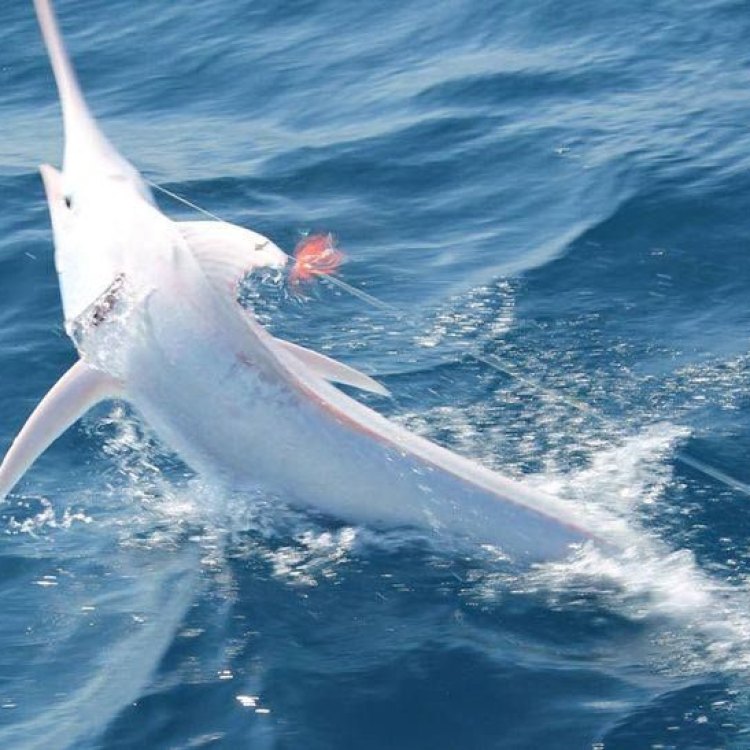
White Marlin
- Adult Size: Up to 3 meters
- Average Lifespan: 15 to 20 years
- Reproduction: Sexual
- Reproductive Behavior: Spawn in groups
- Sound or Call: Not known to produce sounds
- Migration Pattern: Highly migratory
- Social Groups: Solitary or small groups
- Behavior: Active and fast-swimming
- Threats: Overfishing, habitat degradation
- Conservation Status: Vulnerable
- Impact on Ecosystem: Important role as top predator
- Human Use: Sport fishing
- Distinctive Features: Long, spear-like bill
- Interesting Facts: Known for its speed and agility
- Predator: Humans, larger predatory fish
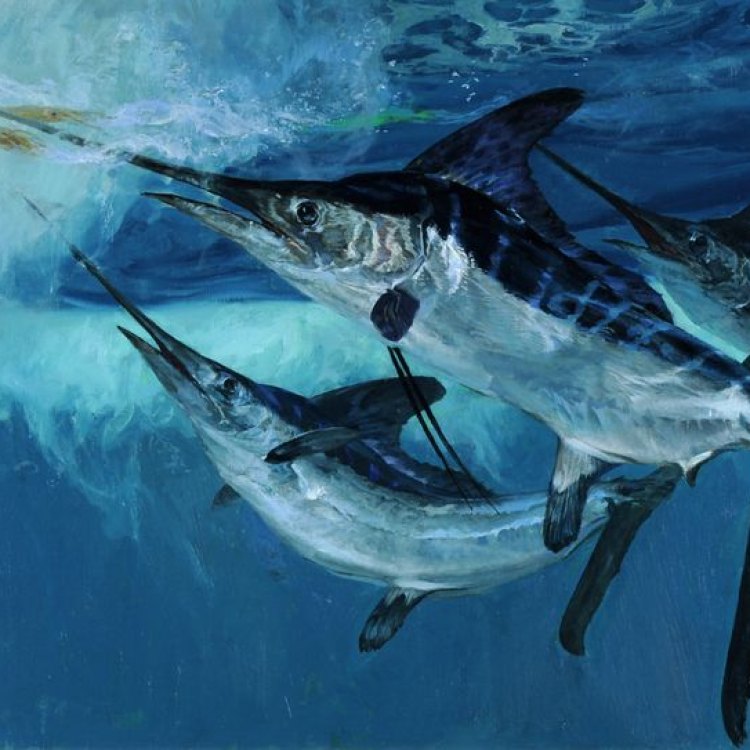
Kajikia albidus
The Magnificent White Marlin: A Top Predator of the Ocean
Within the depths of the ocean, lurks a magnificent and powerful creature - the White Marlin. This beautiful fish inspires awe and admiration, and has captured the hearts and minds of anglers, marine biologists, and ocean enthusiasts alike. It is considered one of the most iconic and sought-after sport fish, and its significance goes far beyond just being a prized catch. In this article, we will delve into the unique features and behaviors of the White Marlin, as well as its impact on the ecosystem and relationship with humans PeaceOfAnimals.Com.One of the most notable characteristics of the White Marlin is its size. As an adult, it can grow up to 3 meters in length, making it one of the largest and fastest fish in its family. But size isn't the only impressive aspect of this fish, as it also boasts an average lifespan of 15 to 20 years. This means that this creature has plenty of time to roam and explore the vastness of the ocean, and can provide valuable insight into its behavior and ecology.
When it comes to reproduction, the White Marlin follows a strictly sexual mode. This means that it requires both a male and a female for successful fertilization to occur. Reproduction usually takes place in the early summer months, and during this time, they are known to spawn in large groups. This behavior is vital for their survival, as it increases their chances of successful fertilization and the production of offspring.
While many animals use sounds or calls to communicate, the White Marlin is not known to produce any sounds Writing Spider. This adds to the mystery and elusiveness of this fish, making it even more intriguing. But what we do know is that these fish are highly migratory, traveling long distances across vast ocean waters in search of food and suitable spawning grounds. They are often found in the open ocean, but can also be found closer to land in areas of high productivity.
In terms of social behavior, White Marlins are generally solitary creatures, but they can also be found in small groups. Their solitary nature could be attributed to their predatory role as top predators of the ocean. They are active and fast-swimming, always on the hunt for their next meal. Their speed and agility make them formidable predators, capable of catching their prey with precision and efficiency.
However, this impressive creature is not without its threats. As with many other marine species, overfishing and habitat degradation are major concerns for the White Marlin. The demand for this fish as a prized catch has led to significant declines in its population, and its habitat is also being threatened by human activities such as pollution and climate change. Conservation efforts are urgently needed to protect this species from further decline.
In fact, the White Marlin is currently listed as Vulnerable on the International Union for Conservation of Nature (IUCN) Red List. This means that the species is facing a high risk of extinction in the wild. This conservation status highlights the need for immediate action to protect and preserve this magnificent fish.
Aside from its impact on the ecosystem, the White Marlin also plays a crucial role in the human world. It is highly valued as a sport fish, known for its speed and agility, making it a top choice for anglers. Its long, spear-like bill and striking coloration make it a prized catch, and many fishing tournaments are held in its honor.
But the human use of White Marlins goes beyond sport fishing. In some countries, this fish is also consumed as a food source, adding economic value to its existence. However, it is essential to balance human activities with conservation efforts to ensure the sustainable use of this species.
Apart from its importance in the world of sport fishing and consumption, White Marlins also possess interesting facts that add to their appeal. As mentioned earlier, they are renowned for their speed and agility, reaching speeds of up to 60 miles per hour. This makes them one of the fastest fish in the ocean, and they are admired for their streamlined and powerful bodies.
Despite their impressive size and speed, White Marlins still have predators in the ocean. Larger predatory fish such as sharks and tuna are known to prey on these marlins. However, their biggest threat remains human activities, which have caused significant declines in their population.
In conclusion, the White Marlin is undoubtedly a remarkable and captivating creature. Its size, speed, and unique features make it stand out in the ocean, and its importance as a top predator cannot be understated. With threats like overfishing and habitat degradation looming, it is up to us humans to take action and ensure the survival of this vulnerable species. Let us continue to marvel at the beauty of the White Marlin while also working towards its conservation and protection.
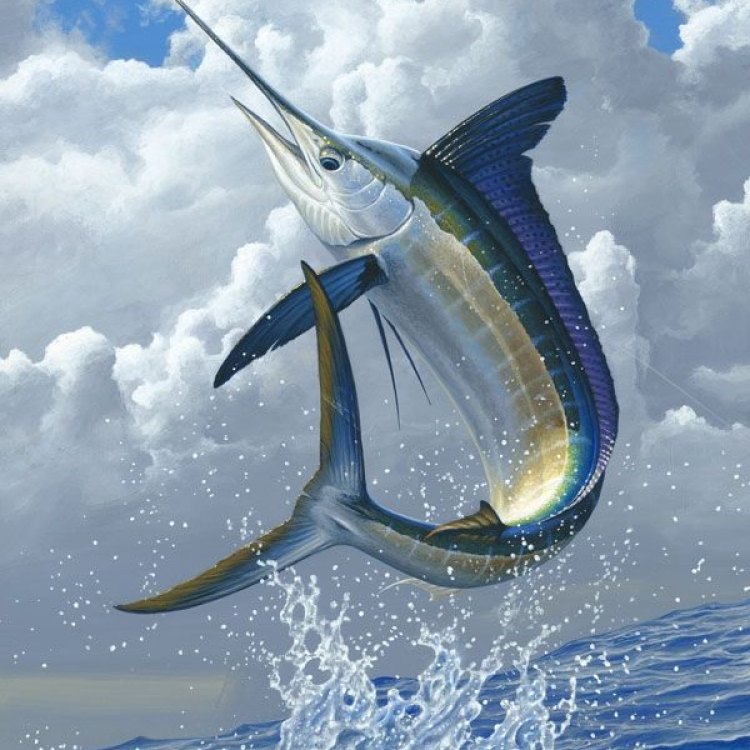
The Fascinating World of the White Marlin
Disclaimer: The content provided is for informational purposes only. We cannot guarantee the accuracy of the information on this page 100%. All information provided here may change without prior notice.



